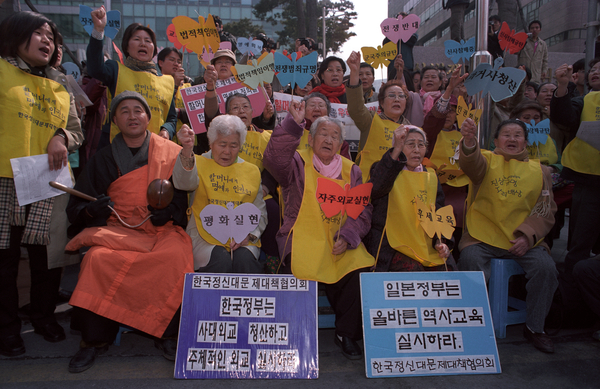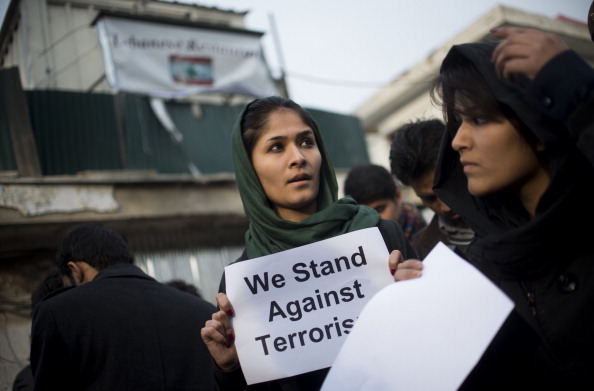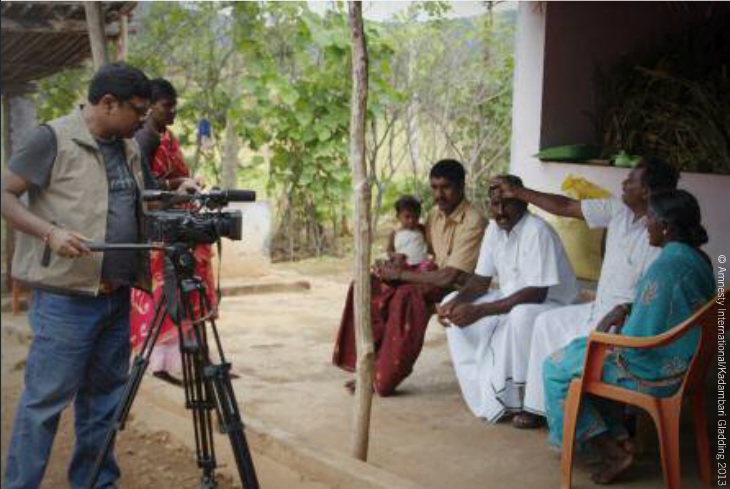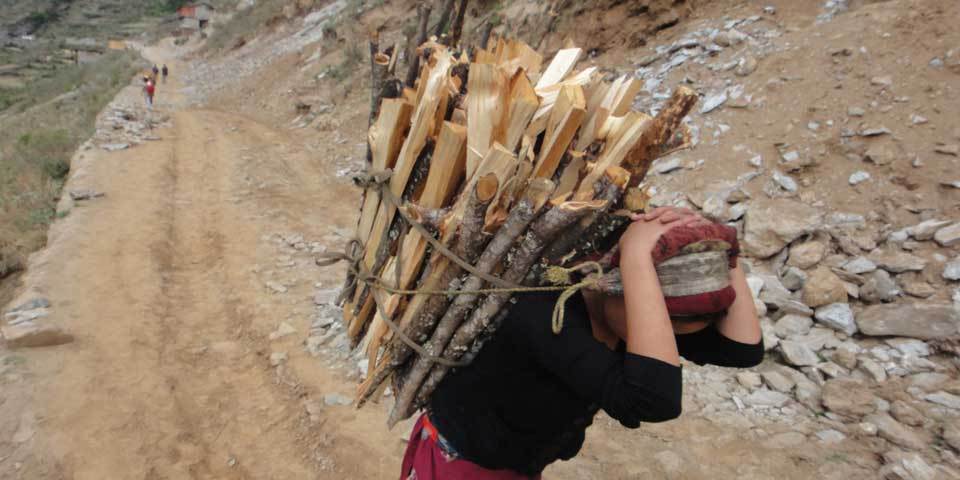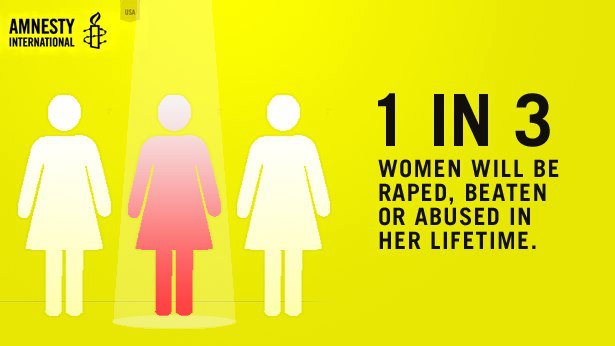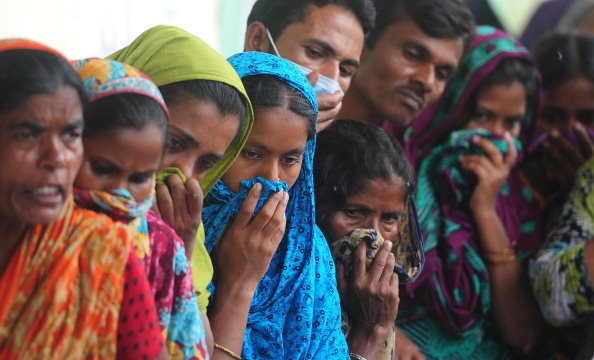
The Rana Plaza catastrophe on the outskirts of the Bangladeshi capital Dhaka on April 24, 2013, that left 1,138 dead and more than 2,000 injured (Photo Credit: Munir Uz Zaman/AFP/Getty Images).
Today is the one-year anniversary of the collapse of the Rana Plaza garment factory building in Bangladesh, which left more than 1,100 workers dead and many more injured. The disaster has become the most shocking recent example of business-related human rights abuse, and the images of dead workers in the debris of the collapsed factory have become powerful symbols of the pursuit of profit at the expense of people.
The Rana Plaza building housed numerous garment factories supplying international clothing companies. Over the past year, there have been various initiatives to provide compensation to the victims, involving government, global brands, and the International Labor Organization (ILO). However, these efforts have so far proved insufficient, and survivors continue to suffer and struggle to support themselves and their families.

